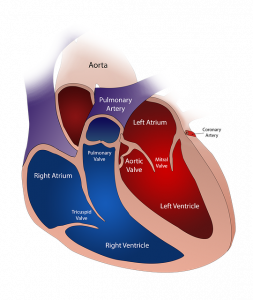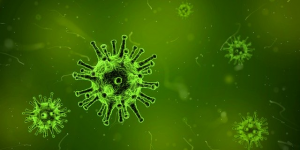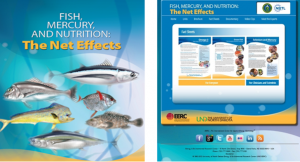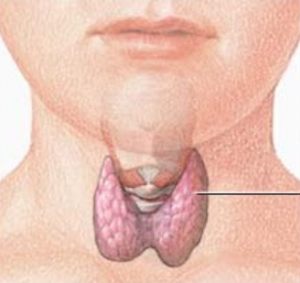
Selenium is an essential antioxidant trace element that is necessary for key activities in human metabolism [Djalalinia 2019]. Meta-analyses of randomized controlled trials of selenium supplementation reveal that selenium supplementation is a cost-effective and simple-to-use intervention that can play an important role in the prevention of heart disease risk factors [Hasani 2018; Hasani 2019; Mahdavi 2019; Tabrizi 2017].
These results from meta-analyses of randomized controlled trials reaffirm the outcomes in the Bomer multinational observational cohort study. In that study, heart failure patients with serum selenium concentrations below 70 micrograms per liter were more likely to have the following characteristics [Bomer 2019]:









